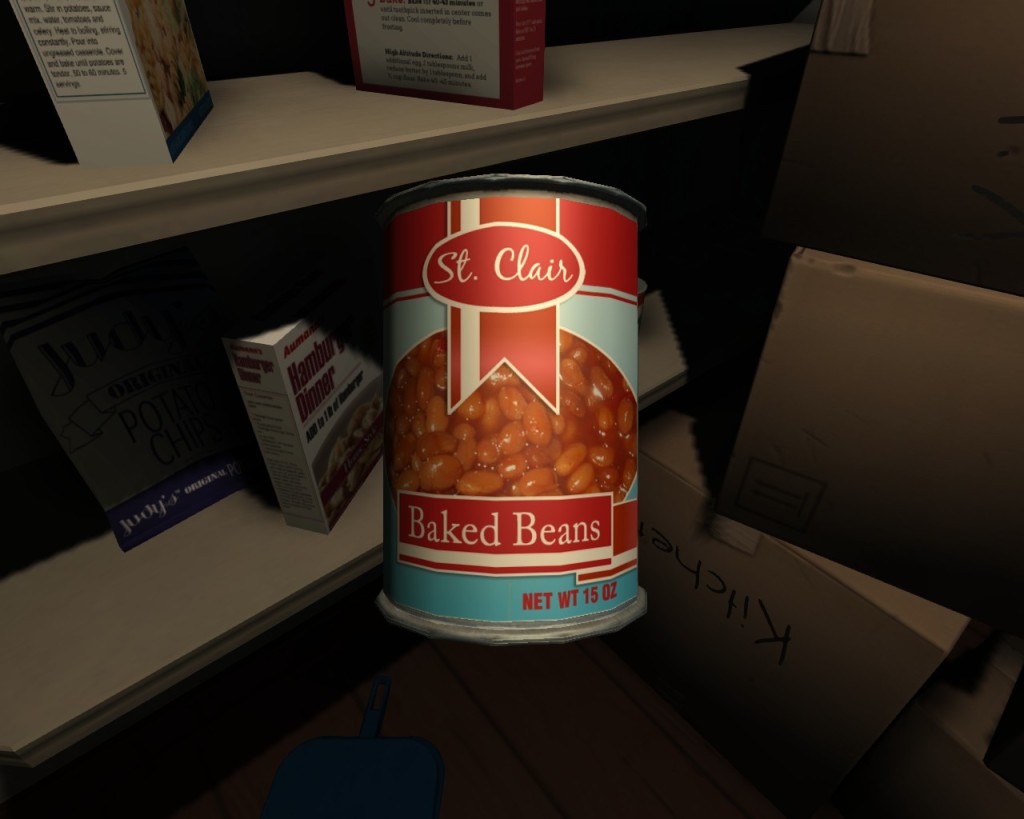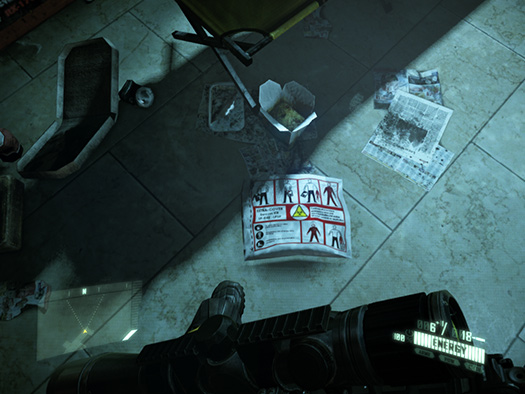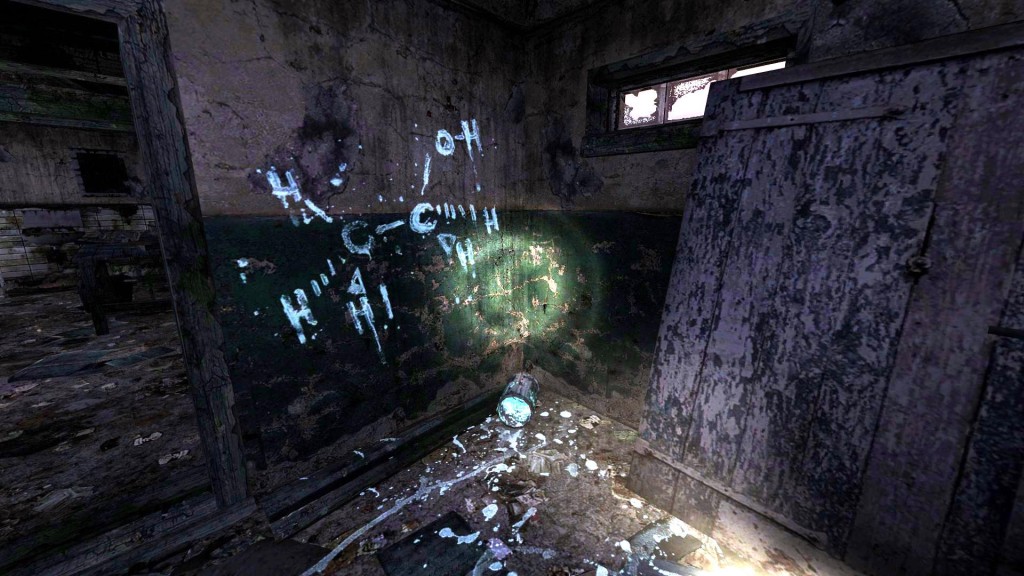Today I started playing the fantastic game gone home, and had to laugh: the game is filled with the sort of interactive 3D models of everyday objects that I’ve been making as part of my own Consumables project. Only many many more.
Gone home puts the player in the place of an eldest daughter returning to her family home from an overseas trip. The house is filled with household objects that may be interacted with, and through which the story is told. It’s a very powerful and affective way of building a narrative, and I thoroughly recommend playing it.
I feel that the refocussing on storytelling through the minutiae of everyday life works to bring an authenticity and realism to games; after all, most of our lives involve messing around with commonplace, unremarkable objects. It also subverts the usual videogame dynamic where only major plot devices can actually be interacted with, and with everything else “nailed down”. It sabotages the veteran player’s assumptions about what is important and what isn’t based on how far we can interact with them. This is used to really great effect in period detective game LA Noire, where the clues to solving a case are found among equally interactive bits of detritus: a cigarette butt could be an essential clue or a piece of rubbish.
Surgeon Simulator extends this ad absurdum. Rather than the usual paired-down representation of the world (simplified to just what is needed to complete a specific task: think point and click adventure games where nothing is extraneous), there’s a realistic set of interactively modeled elements in the scene. And since we’re restricted to a brute input of a computer game rather than the fine motor controls of real life, these objects get flung in all directions to comic effect.
My own Consumables project is a re-privileging of the everyday, in contrast to the bombastic, spectacular, and fantastical of most 3D models. An attempt at a portrait of my life through a digitized ‘still-life’ of the food I eat.
Edit: My friends have found it funny that I’m so excited about a game where you spend most of your time looking at everyday household items. And I am excited! I think that ‘the everyday’ is an under-appreciated subject of study, and am really interested in how the everyday practices of city inhabitants form an important part of the meaning of of a city. In videogames, I balk a little at really heavy-handed storytelling, and enjoy the incidental signs of people’s use of space far more interesting: the detritus left behind in a post-apocalyptic landscape, or the graffiti on the walls. I also find it a little embarrassing how much the items of food from my own project give away about my student lifestyle!



